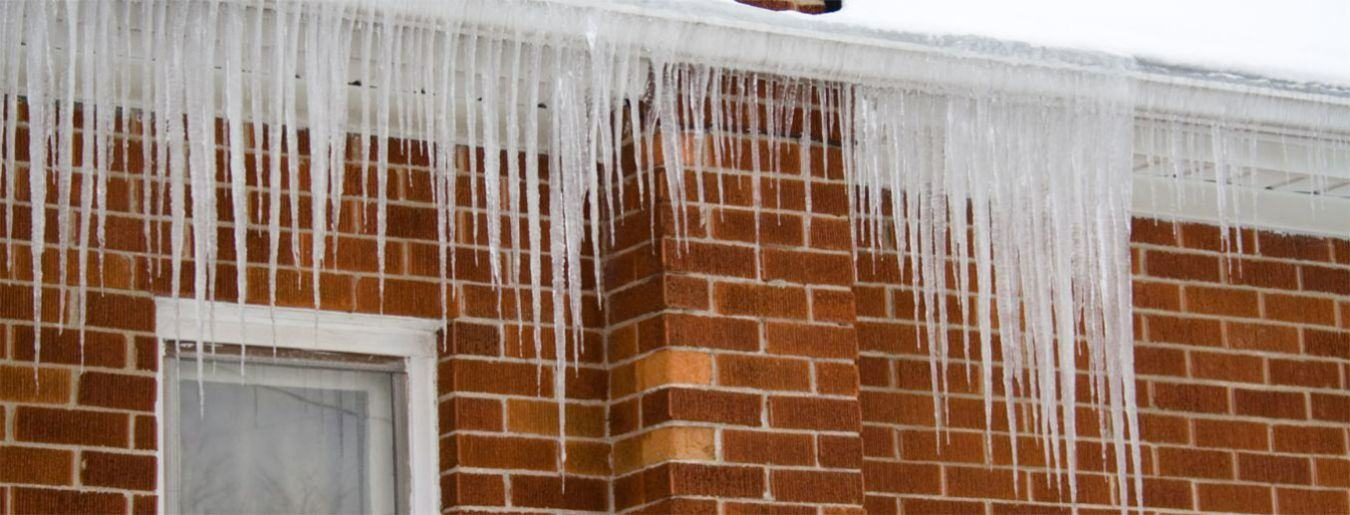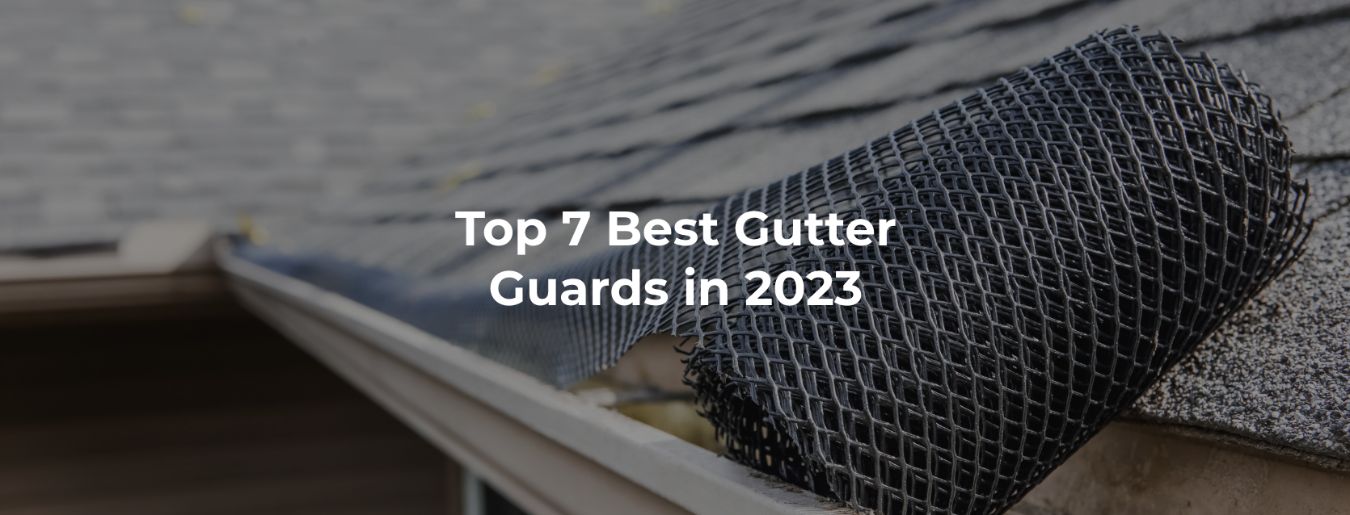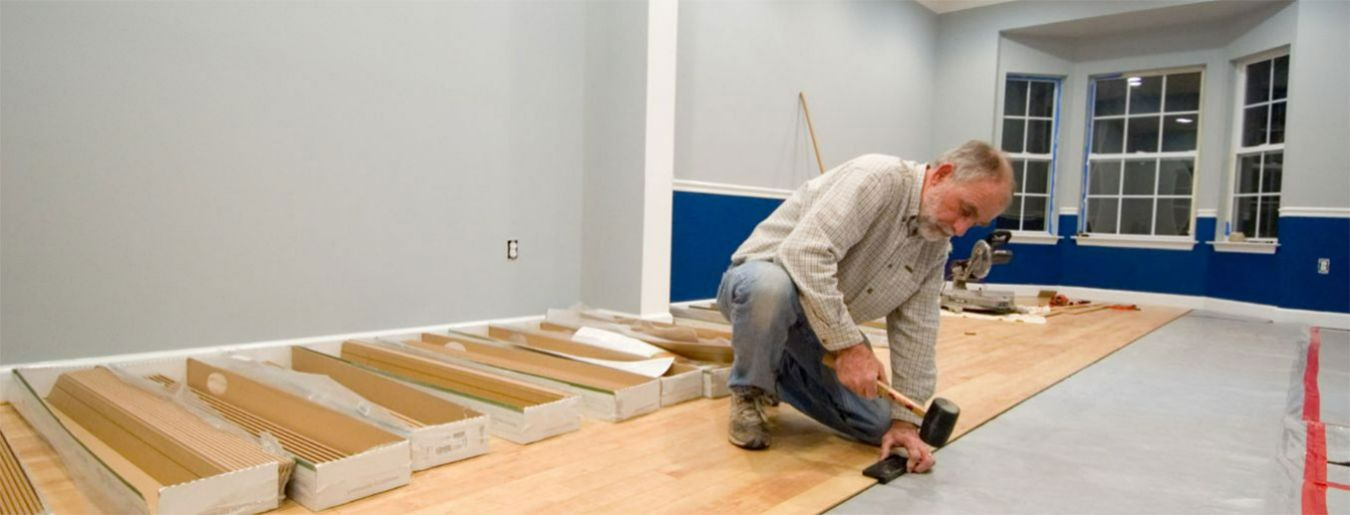Most Common Myths About Getting Rid of Ice Dams
Slender icicles hanging from eaves make for a picturesque winter scene, but these icy ornaments can belie trouble. Icicles often form concurrently with ice dams, which can prevent the drainage of meltwater from your home’s roof.
There are a few ways to remove ice dams—and prevent them entirely—but there are also a few myths about removing ice dam formations. Some of these supposed roof ice dam solutions are useless; others make the problem worse. This article will review how ice dams form and what their implications are. We’ll also share the most common myths about ice dam removal and prevention.
What Is an Ice Dam?
An ice dam is a blockage that forms when meltwater freezes at the edge of a home’s roof. Following a snowfall, a home’s ambient heat and solar radiation cause snow on the roof to slowly melt. This meltwater runs down the roof to the eaves and gutters, which are often comparatively colder than the roof’s surface. Here the meltwater refreezes, and thin layers of ice gradually accumulate.
In time, this ice can rise to a level some inches higher than the eaves and gutters, forming a dam that stops all drainage. The dam can creep further up the roof’s surface until it reaches a warmer point where the meltwater running down the roof will no longer freeze. As more snow melts, the water, with nowhere to go, pools on the roof.

Get Home Warranty Quotes
from Top Rated Authorized
Partners
Get a Quote
How Ice Dams Can Damage Your Home
If neglected, ice dams cause significant roof damage. The heavy weight of a dam stresses gutters, and ice can cause gutters to warp, loosen, or detach from the eaves. Ice roof damage can also come in the form of dislodged shingles. Standing meltwater can seep beneath a roof’s shingles quite easily. When the temperature drops, the water freezes and expands, loosening or dislodging the shingles.
Pooling water on the roof can also lead to a host of indoor problems. With inadequate drainage from the roof, water will seep past shingles and liners, eventually leaking into the home. Depending on the extent of the problem, you might notice water damage or staining on ceilings, walls, or floors. You may spot waterlogged insulation in your attic. You might see sagging sheetrock or peeling paint. Left untreated, water damage leads to foul smells, mildew, and mold.
Roof repair doesn’t come cheap, and it’s not always covered by insurance. It’s critical to be conscientious about preventing ice dams in gutters and removing them when they do form.
Myths About Ice Dam Prevention and Removal
Beware of misinformation about preventing and removing ice dams. Here are some common myths.
Myth 1: The sun will naturally remove ice dams.
Many assume the sun’s radiation will naturally melt an ice dam. In actuality, the sun will exacerbate the problem throughout the winter. Even on a cold day, bright sun contributes to melting snow on rooftops. Unless the temperature is above freezing, that meltwater will likely refreeze when it reaches the roof’s eaves. The sun may start to melt the surface of an ice dam, but the pace is too slow to be of much help.
Myth 2: Removing gutters will keep ice dams from forming.
As ice dams form atop gutters, one might think removing the gutters will prevent dams from forming. This is not the case. An ice dam can still form at the roof’s edge. Also, removing the gutter allows meltwater to cascade down a home’s exterior. When temperatures drop, water at the base of the home can freeze and cause cracks in the home’s foundation.
Myth 3: You can always prevent ice dams by clearing snow from the roof’s edge.
Sweeping snow from the edge of the roof may help to prevent dams in some conditions, but it is not a sure solution. Snow farther up the roof will continue to melt and run down and refreeze. Complete snow removal is much more effective.
Myth 4: Removing insulation from the attic will facilitate the melting of ice dams.
Some sources argue that a warmer roof will inhibit ice dam formation. Remove attic insulation, they say, to allow ambient heat from the home to bring up the roof’s temperature. This solution is not well-reasoned. The heat from the home will increase the rate at which snow melts on the surface of the roof. It will not, however, sufficiently warm the eaves and roof’s edge. Meltwater—and more of it—will still freeze into a dam.
Removing insulation is also terrible for your home’s energy efficiency. No insulation means greater heat loss, so you’ll use more fuel to maintain the same indoor temperature.
Myth 5: Installing heating cables will stop ice dams from forming.
Lining your gutters with heating cables or zig-zag cables sounds logical, but most experts advise against it. They’re not 100% effective in preventing ice dams, and they have the potential to damage your gutters, eaves, or shingles. Many homeowners find them conspicuous and unsightly as well.
How to Fix Ice Dams
Ultimately, the best way to get rid of an ice dam is to hire a professional team that specializes in steam removal. This service doesn’t come cheap, which is why prevention is key. The most effective method of keeping an ice dam from forming is clearing the entire roof after a heavy snowfall.




 Prev Post
Prev Post




